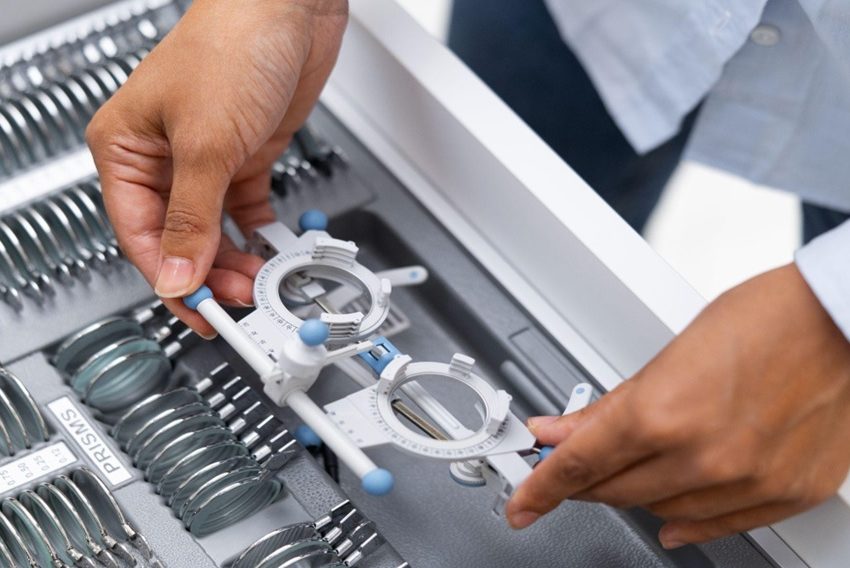There’s a reasonable probability that you’ve had an imaging test if subject to injury. Imaging tests are incredibly effective diagnostic techniques that come into play to identify various illnesses.
Knowing what a CT scan, MRI, and X-ray means and how they differ will help you and your doctor in New York decide which imaging procedure is best for you. There are several recommended mri scan Schenectady, NY, offers, and you should find a radiologist and facility that fits your needs.
Medical professionals in Schenectady may see the body’s interior organs thanks to diagnostic techniques, including CT scans, MRIs, and X-rays. They use electromagnetic energies, such as radio waves and X-rays, to produce pictures. These imaging techniques available in New York differ significantly in the following ways:
- Accessibility
- Pixel aspect or level of clarity and detail in the images
- Energy source utilized
What are the significant differences between the two?
MRI
An MRI scan is a specialized type of X-Ray that uses radio waves instead of traditional X-Rays. An MRI scan produces detailed images of internal organs and structures of the body without exposing patients to harmful radiation.
A radiologist performs an MRI scan using powerful magnets to align the patient’s body inside the machine. The patient lies down on a table while a computer sends radio waves through their body. These radio waves cause specific molecules in the body to change shape, producing different signals that create images of the body. A particular device called a receiver then translates these signals into pictures.
MRI scans often diagnose conditions like cancer, stroke, brain injury, arthritis, and spinal cord injuries. They are also helpful in diagnosing many types of tumors, including soft tissue sarcomas.
Torn tendons and musculoskeletal conditions are detectable with MRIs, especially:
- Lost cartilage
- Swelling in the joints
- Compressed nerves
- Spinal wounds
- Ligaments, tendons, muscles, and cartilage that are torn or separated
- Male joint tears
- ACL sprains
- Ruptures of the Achilles tendon
- A sprain or a strain
- Torn rotator cuff
X-rays
X-rays work similarly to MRI scans; however, they use electromagnetic waves rather than radio waves. Because X-Rays use electromagnetic waves, they do not require a magnet to produce images. X-Rays have been about since the late 1800s. However, they are less effective at making high-resolution images than MRI scans.
MRI scans and X-Rays expose patients to low radiation levels, although MRI scans are safer than X-Rays. Both tests must be operational only after a doctor reviews your medical history and confirms that your condition requires testing.
A radiograph, often known as an X-ray, emits radiation that travels through the body. Bones and teeth are tissues with significant calcium content that block radiation and look white on images. Radiation may travel through soft tissues. In the photograph, they are grey or black.
The quickest and easiest method of imaging is an X-ray. Only a few minutes are needed to perform an X-ray examination.
X-rays are excellent for identifying:
- Fractures
- Dislocations
- Misalignments
- Small joint spaces
An X-ray cannot see subtle bone fractures, or minute injuries and inflammation. Even if your physician may be concerned about a mild tissue injury, such as a ligament tear, an X-ray may still come under recommendation to rule out a breakage.
The takeaway
Understanding how a CT scan, MRI, and X-ray vary from one another may help you take a more active part in your treatment. Never be reluctant to question your doctor about the rationale behind a specific imaging test recommendation. Your doctor frequently has to speak with a physician about the required test.
The proper diagnosis, a crucial component of efficient therapy, may be reached with the help of the appropriate imaging. Research about x-rays and mri scan Schenectady, NY, offers across the city and find the perfect fit for your checkup.
It’s critical to select an imaging facility with a wide range of technology and radiologists and technicians with expertise and training in certain body parts, illnesses, and imaging procedures.








